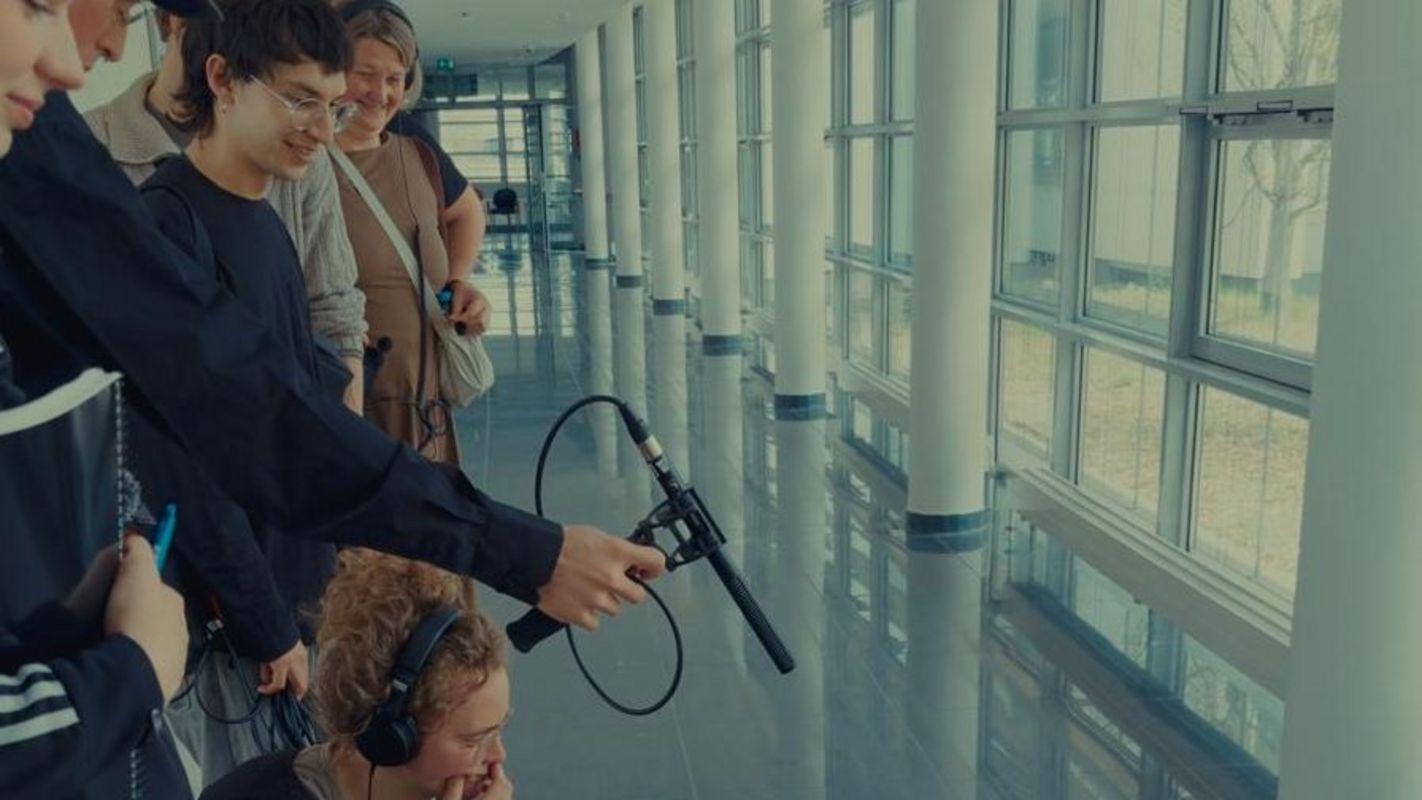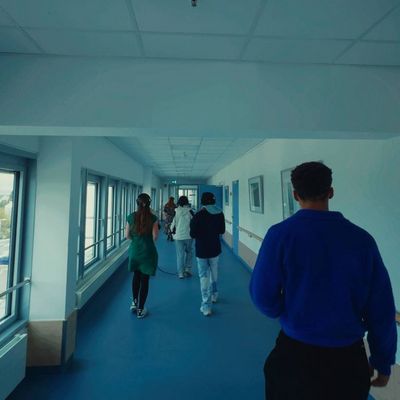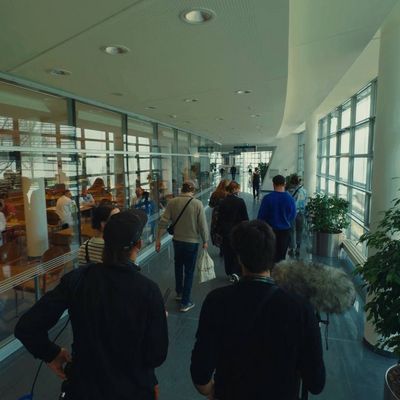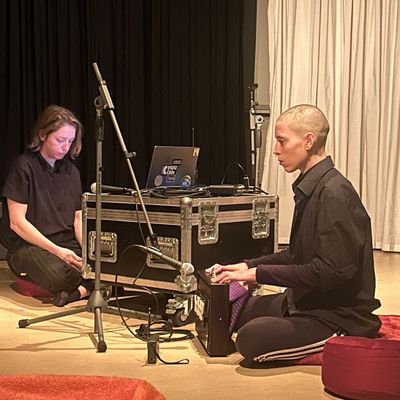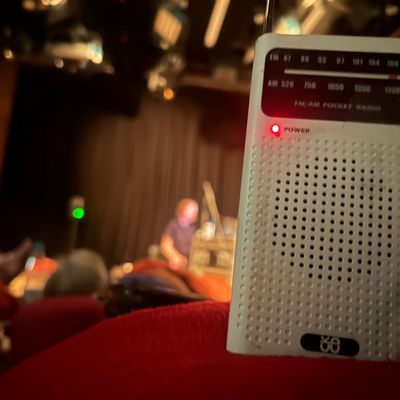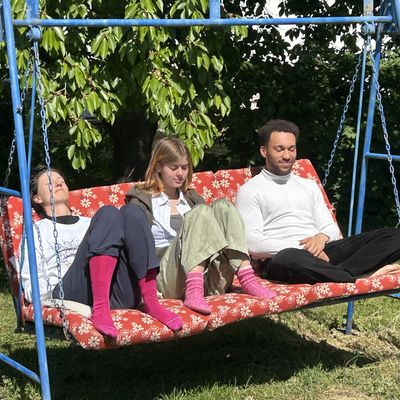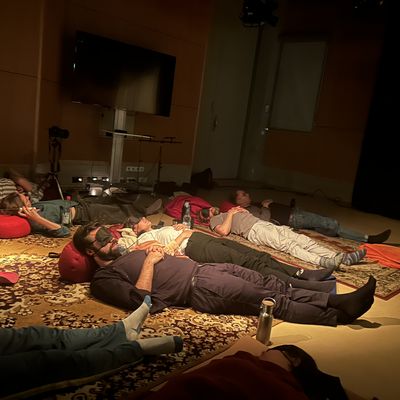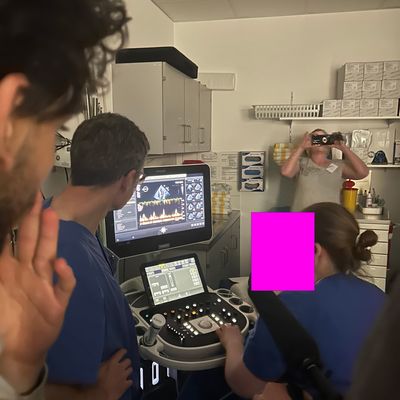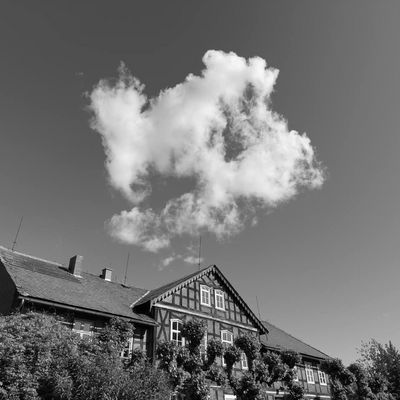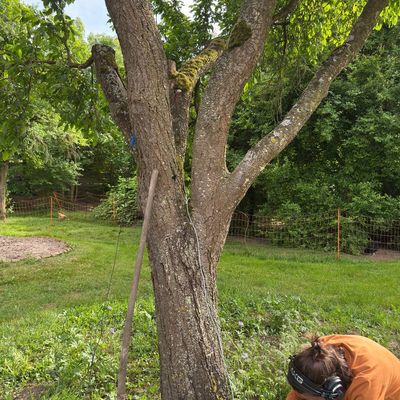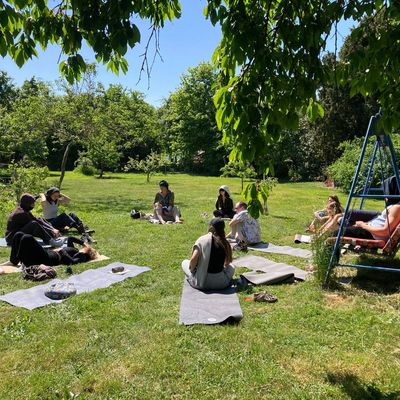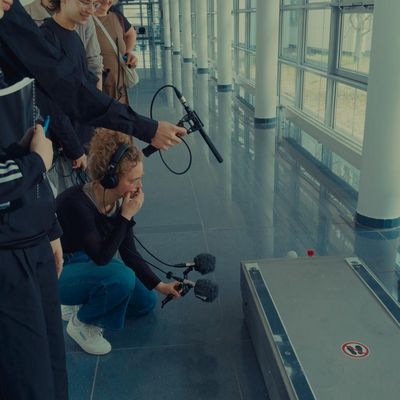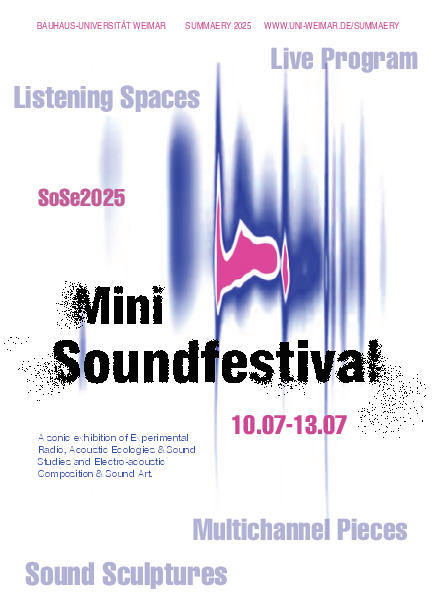Gongs, drums, mantras, overtone singing, and breathing techniques — many cultures across the world have long used sound and voice in rituals and healing. Healing through vibration is one of the oldest practices in human history. Even today, our bodies, hearts, and brains remain deeply responsive to sound. The project module “Sonar, Sanar y Soñar” – Sound, Healing and Dreaming in the Summer Semester 2025 unfolded as a journey into these connections, moving between personal perception and the acoustic environments around us, as well as through the rhythm of healing institutions.
The semester carried us through a series of encounters that gradually shaped our understanding. On 29 April, the actress Anna Windmüller guided us on a “Breathing Journey” that stretched beyond the usual course times, inviting us to attune to the inner rhythms of breath and body. From 12 to 15 May, we traveled to the Kulturhaus Wahrenberg, where an excursion into landscape, community, and listening to trees opened space for collective and individual projects. The first ideas for the exhibition — later presented as part of the Mini Sound Festival — began to take form there. On 10 June, as part of the new Sonic Talks series, Florencia Curci and Tatiana Heuman invited us into their project “SiestAria: Rhythms of Rest” — a guided collective siesta in which listening, dreaming, and resting became forms of resistance against the logic of urgency and productivity. In a live sound environment of Shruti box, radios, field recordings, and electronics, participants lay down together to explore rhythm not only in movement but also in the subtle flows of sleep, imagination, and shared vulnerability. On 24 June, we welcomed Kennedy Kathy for a workshop and radio conversation, expanding our perspectives on voice, ritual, and sonic imagination.
Our explorations also reached into medical and scientific contexts. During a visit to the Weimar Klinikum cardiology department, we reflected on the intimate connection between rhythm, vibration, and healing in clinical practice. On 27 May, the renowned neuroscientist Wolf Singer visited the Faculty of Art and Design. In his talk “Oscillations, Waves, and Interferences as the Lingua Franca of the Cerebral Cortex”, Singer described how brain activity is structured through rhythmic oscillations and wave-like interferences. Contrasting these with the digital, hierarchical logics of artificial neural networks and large language models, he highlighted the brain’s analog, highly dynamic processing — a system that may inspire new, more efficient forms of artificial intelligence. His interdisciplinary perspective bridged neuroscience, informatics, and sound, opening new ways of thinking about rhythm, cognition, and healing.
The project module culminated in the Mini Sound Festival, where students presented their works in close connection with the specialist module “Hearing is touching at a distance”. Across practical exercises, excursions, and conversations, the semester became a weaving of inner and outer listening, asking what role sound might play in shaping spaces of well-being — and what dreams of healing worlds might be imagined.
Gemeinsame Arbeitssitzung und Exkursion in Wahrenberg
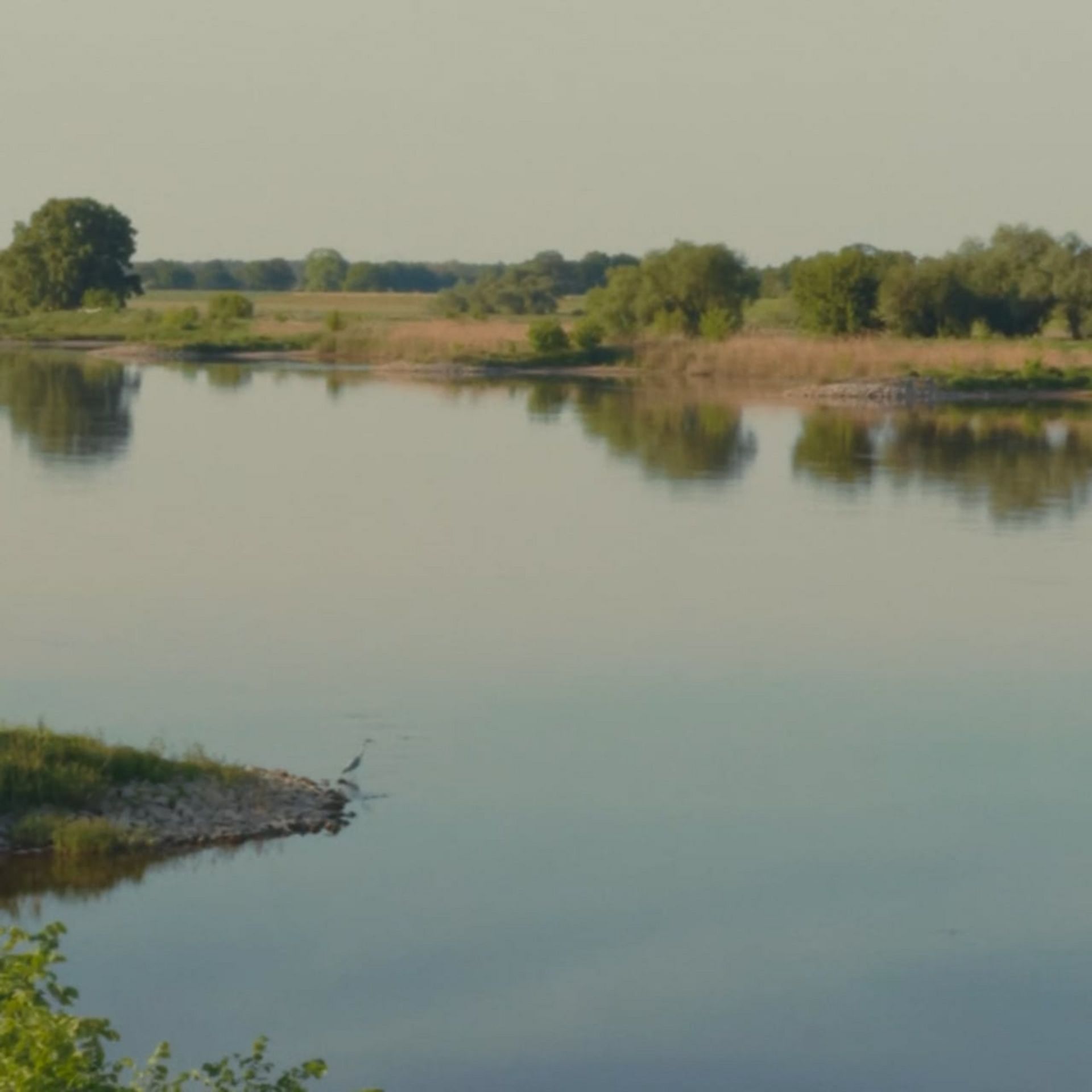
"Sonar, Sanar y Soñar" - Klang, Heilung und Träume - Working together
Click the Play button to load and view external content from Vimeo.com.
Automatically load and view external content from Vimeo.com (You can change this setting at any time via our »«.)
relevante Links
"Sonar, Sanar y Soñar" - Klang, Heilung und Träume BISON Entry
Kathy Kennedy: Singing off the Grid [Sonic Talk and Workshop]
Florencia Curci and Tatiana Heuman: Siestaria: Rhythms of Rest [Sonic Talk]
Wolf Singer: Gehirne versus Computer: Gleiche Prinzipien? [Sonic Talk]
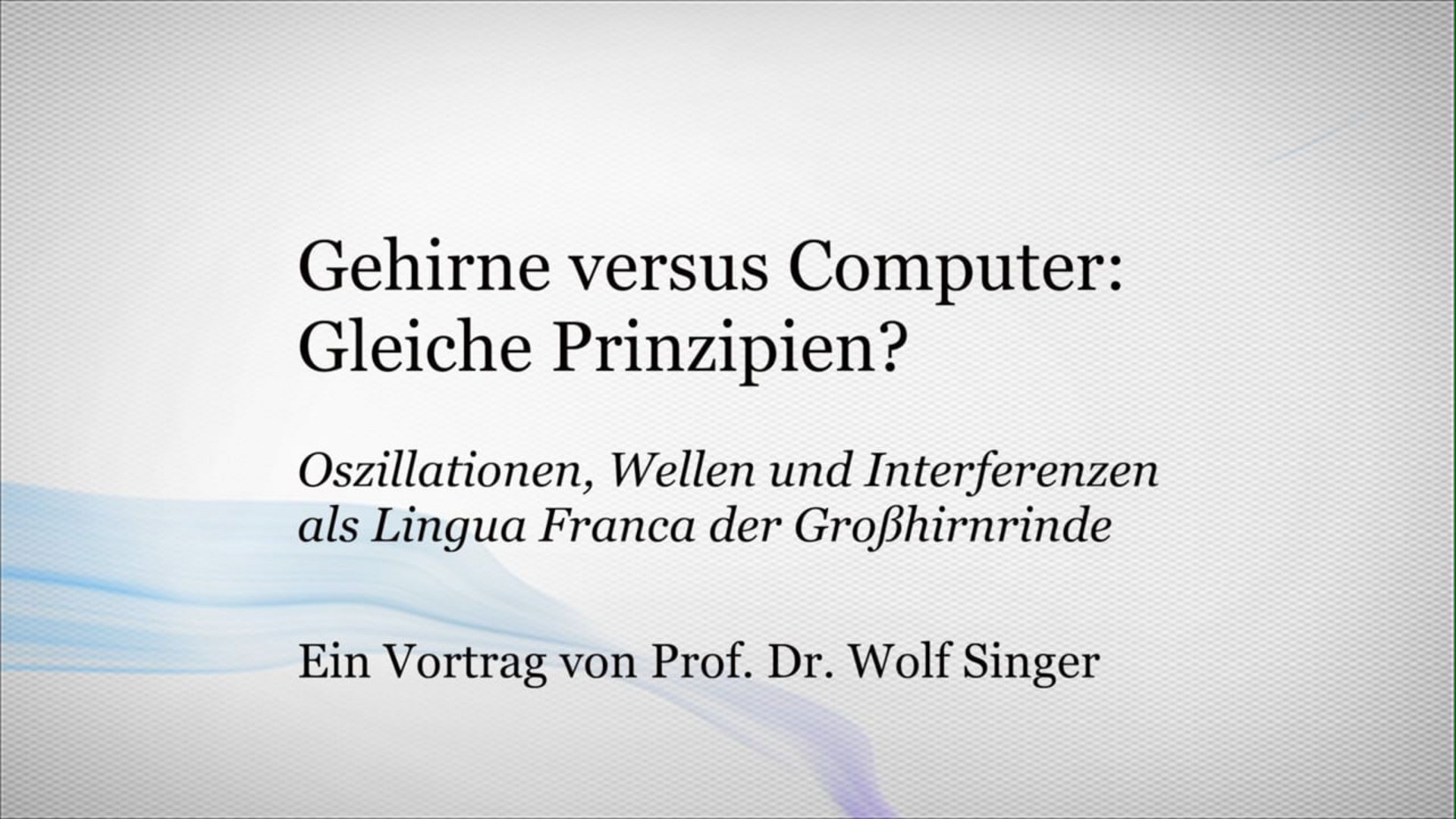
Wolf Singer - Gehirne versus Computer
Click the Play button to load and view external content from Vimeo.com.
Automatically load and view external content from Vimeo.com (You can change this setting at any time via our »«.)
Responsible:
Faculty of Art and Design
Prof. Nathalie Singer
Experimental Radio
Tel: +49 (0) 36 43 / 58 38 90
E-mail: nathalie.singer[at]uni-weimar.de
and Frederike Moormann
Experimental Radio
E-mail: frederike.moormann[at]uni-weimar.de
MiniSound Festival Documentation
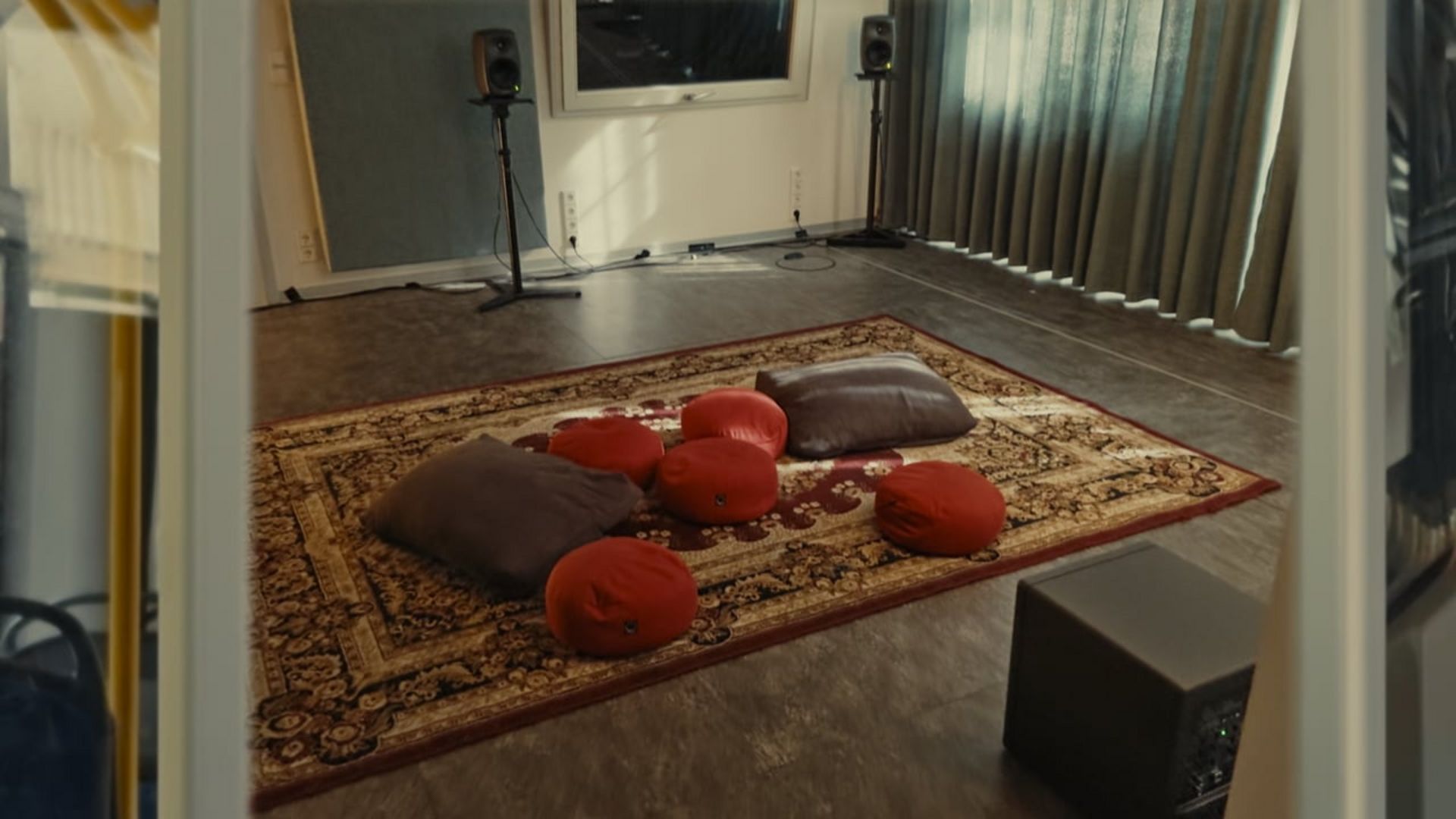
MiniSound Festival
Click the Play button to load and view external content from Vimeo.com.
Automatically load and view external content from Vimeo.com (You can change this setting at any time via our »«.)

